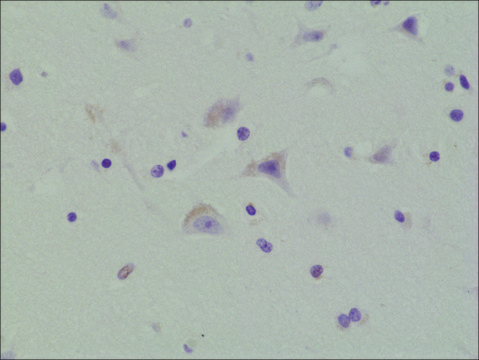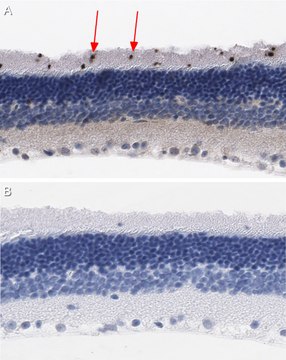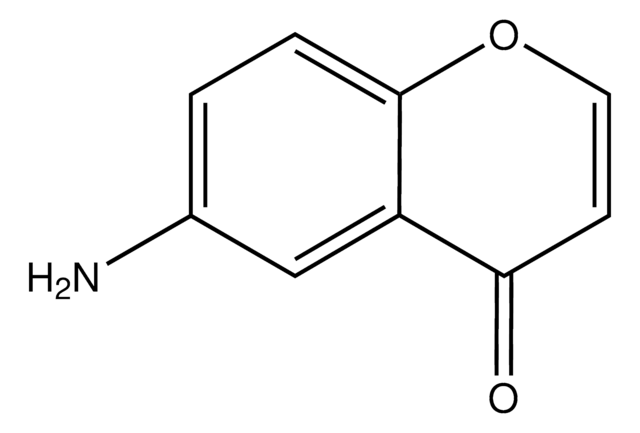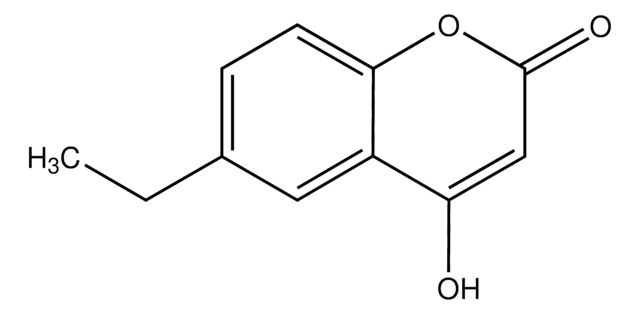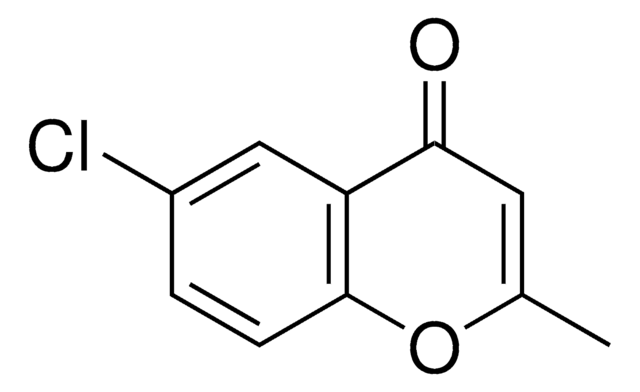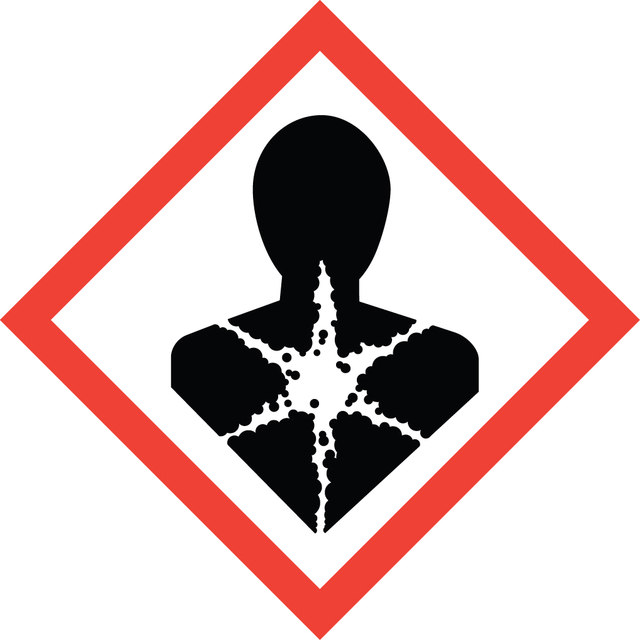404365
Procion® Red MX-5B
Dye content 40 %
Synonym(s):
Reactive red 2
Select a Size
RM 2,216.00
Select a Size
About This Item
RM 2,216.00
Recommended Products
form
solid
Quality Level
composition
Dye content, 40%
mp
>300 °C (lit.)
λmax
538 nm
application(s)
diagnostic assay manufacturing
hematology
histology
storage temp.
room temp
SMILES string
[Na+].[Na+].Oc1c(\N=N\c2ccccc2)c(cc3cc(cc(Nc4nc(Cl)nc(Cl)n4)c13)S([O-])(=O)=O)S([O-])(=O)=O
InChI
1S/C19H12Cl2N6O7S2.2Na/c20-17-23-18(21)25-19(24-17)22-12-8-11(35(29,30)31)6-9-7-13(36(32,33)34)15(16(28)14(9)12)27-26-10-4-2-1-3-5-10;;/h1-8,28H,(H,29,30,31)(H,32,33,34)(H,22,23,24,25);;/q;2*+1/p-2/b27-26+;;
InChI key
XWZDJOJCYUSIEY-YOYNBWDYSA-L
Related Categories
1 of 4
This Item | JRD0738 | JRD1108 | JRD1641 |
|---|---|---|---|
| form solid | form solid | form solid | form - |
General description
Application
Legal Information
Signal Word
Danger
Hazard Statements
Precautionary Statements
Hazard Classifications
Eye Irrit. 2 - Resp. Sens. 1 - Skin Sens. 1
Storage Class Code
11 - Combustible Solids
WGK
WGK 2
Flash Point(F)
Not applicable
Flash Point(C)
Not applicable
Personal Protective Equipment
Choose from one of the most recent versions:
Certificates of Analysis (COA)
Don't see the Right Version?
If you require a particular version, you can look up a specific certificate by the Lot or Batch number.
Already Own This Product?
Find documentation for the products that you have recently purchased in the Document Library.
Our team of scientists has experience in all areas of research including Life Science, Material Science, Chemical Synthesis, Chromatography, Analytical and many others.
Contact Technical Service

